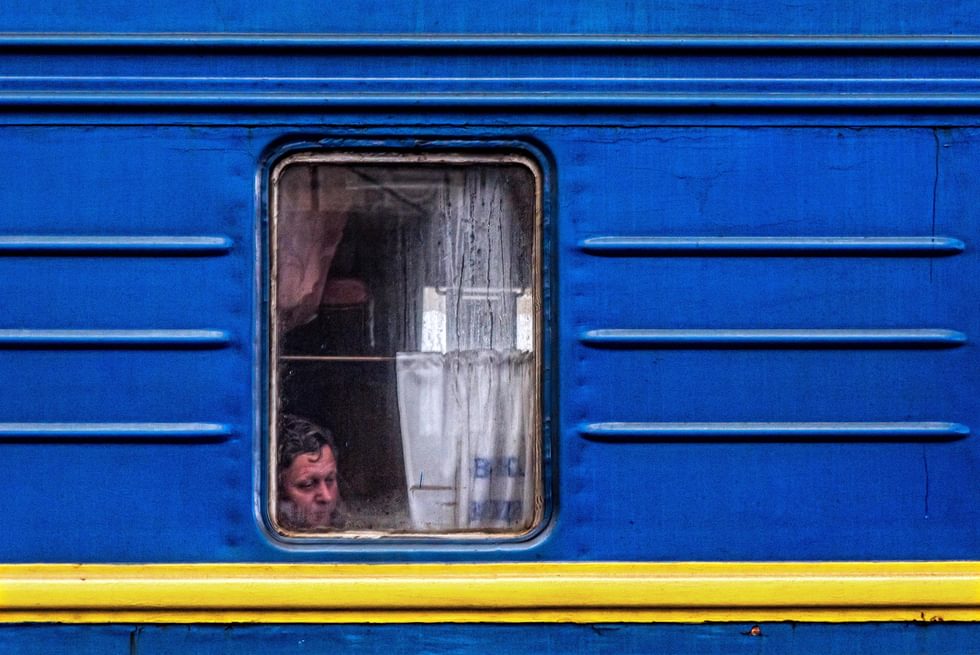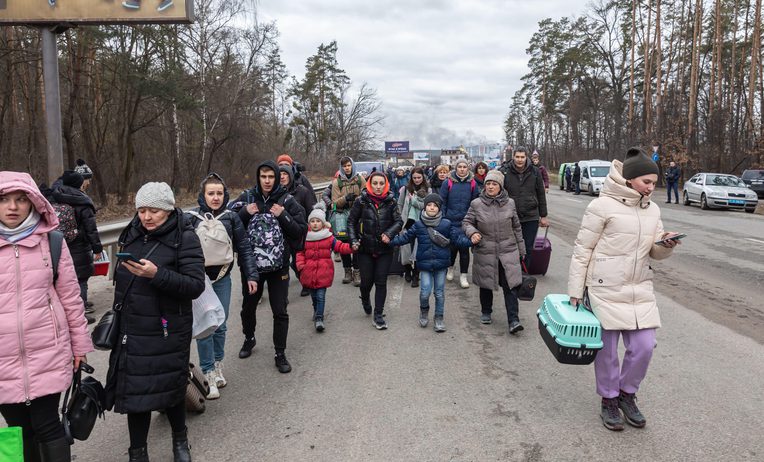Russia’s War on Ukraine: Introduction
From the Series: Russia’s War on Ukraine
From the Series: Russia’s War on Ukraine

The siege of Ukraine has horrified much of the world. The tanks, the planes, the encirclements, the bombardment, and the incalculable suffering Russia’s terror war has caused defy any simple “inventory” or analysis. The creative, communal, courageous Ukrainian defense has generated astonishing optimism in the face of this calamity, but as the speed and scale of Russia's war accelerates, the full-on, Grozny or Idlib style bombing of Ukrainian cities cannot be ruled out. Images of the millions of Ukrainians who have left the country or are internally displaced overwhelm far-away observers, who seek to do something—anything—to help.
The digital revolution has made this war different from any other for both Ukrainians and those watching from outside. Social media provides extraordinary immediacy for examining every method and weapon of this war. The people consuming posts on Twitter or Facebook have themselves become communications projectiles which send both Russian disinformation and Ukrainian pleas along mediative networks which expand before our eyes. People with little background in the region share and analyze journalists’ video reports, maps of the attack, cellphone recordings of Russian prisoners of war, and other digital artifacts, offering interpretations that often discount Ukraine's sovereignty and agency. Meanwhile, pictures of community-made Molotov cocktails, reports of hacking attacks, and images of destroyed buildings feed into apocalyptic pronouncements and reckonings that spin around the Internet at top speed.
Russia’s war on Ukraine may be decided by kinetic means—by violence—but it is also being waged intensively by communicative and iconic means. The ultimate outcome may rest on the question of whether the realities of war, migration, suffering, and loss will be conveyed in such ways that they can break through transnational propaganda battalions. Can ethnographic insight and anthropological analysis contribute to attempts to disrupt disinformation? One of the most stunning phenomena to watch in this war is the power of Ukrainian coordination and the courage of volunteers of all kinds, organized within hours to defend their towns, their cities, their country, to protect other people and to transport many out of war zones. The ethnographic essays gathered here convey the terror of invasion and displacement, the agency of collaborative and sometimes clandestine action, and a resonant sense of the emotive complexity of this war.
Anthropologists who work or live in Ukraine and Russia reacted immediately to a request for Hot Spot essays that went out the very day the war began. This is the first batch, to be followed by more in coming weeks. Catherine Wanner’s essay, which opens this collection, frames a set of chronological snapshots provided by anthropologists in the theater of war or escaping from it. Other essays are from people at a remove from the war zone, including three in Russia. We have also spoken with scholars in Ukraine who would like to write. We hope to publish their essays when they have the security and capacity to do so.
Although we have sought out a variety of opinions and perspectives on the war, we have not sought pro-Kremlin interpretations, though many such are being published by social scientists in various venues. Despite the claims of the Russian government, there is no question that Russia is wholly responsible for this war of aggression, and we will not amplify Russian government disinformation. Rather, all of the voices in this series are aligned in this: NO WAR! НЕТ ВОЙНЕ! We offer the essays here in the collective hope for peace, security, and the end of violence.
